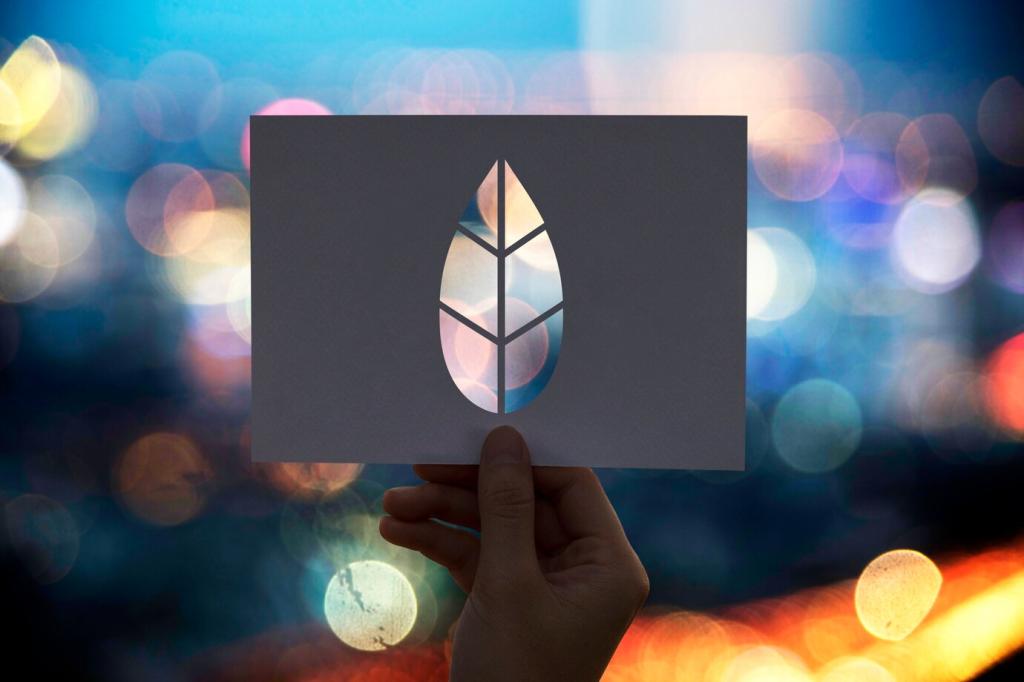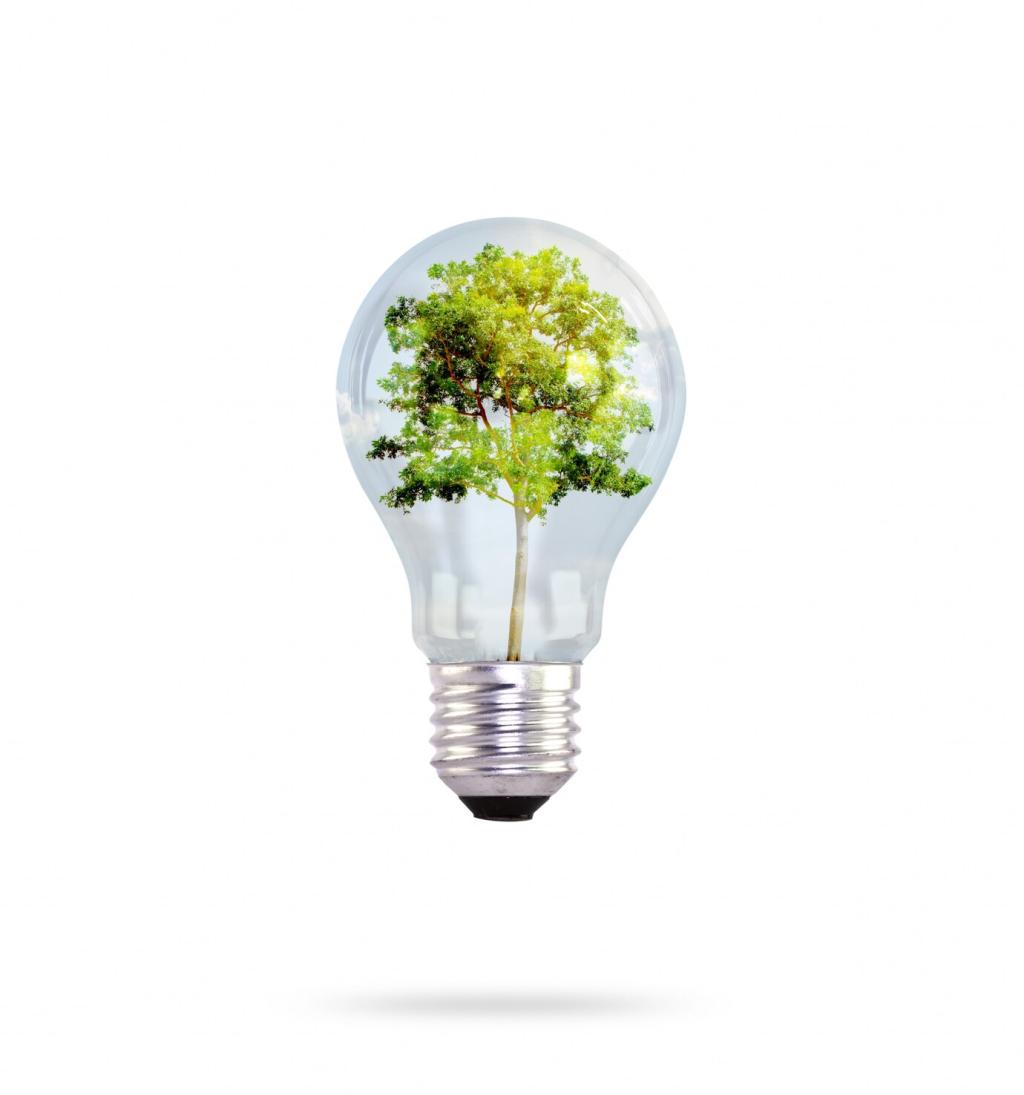Layered Lighting That Saves: Ambient, Task, and Accent
For ambient light, use high-efficacy flush-mounts or shallow recessed LEDs with wide beams. Fewer fixtures at higher efficacy beat many dim ones, delivering even brightness without overspending wattage across the entire room.
Layered Lighting That Saves: Ambient, Task, and Accent
Under-cabinet LED bars or continuous strips concentrate lumens where knives meet boards. Choose diffusers to soften hotspots, and spec 400-600 lumens per linear foot so countertops gleam without lighting the ceiling unnecessarily.








